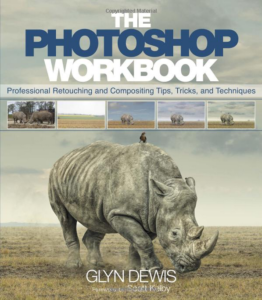 This is the fourth in a series of interviews with established composite artists who exemplify another facet of the retouching industry. We hope you find this series both enlightening and informative.
This is the fourth in a series of interviews with established composite artists who exemplify another facet of the retouching industry. We hope you find this series both enlightening and informative.
Glyn Dewis (www.glyndewis.com) is a photographer, retoucher, and trainer located just outside of Oxford in the United Kingdom.
Glyn’s main area of work centers around shooting promotional and commercial material for industry professionals, physique athletes, musicians, bands, and up-and-coming actors. As an Adobe Professional, he also teaches through a variety of forums, including conferences such as Photoshop World, KelbyTraining, and his popular YouTube Channel.
Tell us about yourself. How did you become a digital composite artist?
To be honest with you, it all came about pretty much by accident. I’d never thought about, let alone intended to be a photographer and retoucher, but rather stumbled across it and became hooked.
I had an uncle who was always the family photographer and I remember from a young age that whenever there were family gatherings, he would be there taking pictures. Anyway, one day after I’d left home, I was visiting my Mom and he was there at the kitchen table with his laptop and called me over saying, “Glyn, check this out…I can remove red-eye!”
Well that was Photoshop, and I was instantly hooked. Now long story short, very soon afterward I ended up joining what was then the National Association of Photoshop Professionals (NAPP) and finding myself in Las Vegas at Photoshop World, which also happened to be my very first time in Las Vegas; this was in 2005.
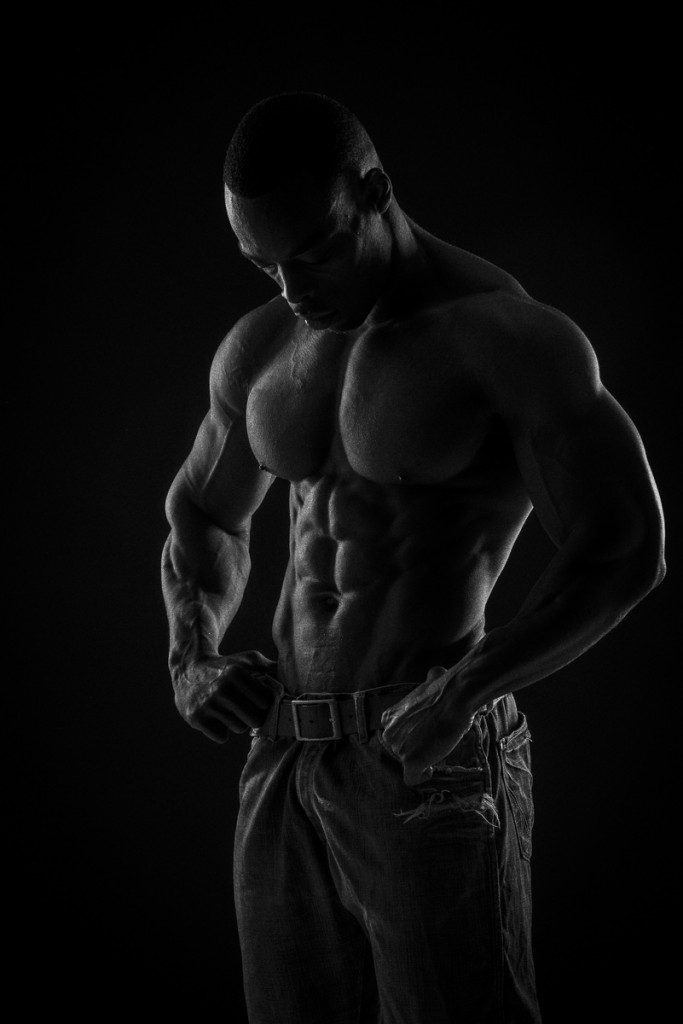 Returning to the UK, I took the Adobe ACE Exam and soon (too soon, actually), I started getting quite a bit of work from other photographers asking me to retouch their pictures. This went on for a short time until eventually, I got my own camera, and the rest, as they say, is history.
Returning to the UK, I took the Adobe ACE Exam and soon (too soon, actually), I started getting quite a bit of work from other photographers asking me to retouch their pictures. This went on for a short time until eventually, I got my own camera, and the rest, as they say, is history.
With regard to becoming a composite artist, that came about because I seemed to go through a stage where a lot of commissioned shoots were being postponed because of rain and general bad weather. So to guarantee the shoots would go ahead, and to keep the models happy, I started compositing. This kept the models nice and dry in a warm studio and the shoot could go ahead as planned.
Do you have any formal training in photography, traditional or digital painting?
No I’ve never been to college, university, or formal night classes of any kind to learn photography or retouching. All of my training and knowledge has come from attending short-courses, seminars, and conferences, and from reading books, watching DVDs, and online classes, but most importantly from getting out and doing it and making lots and lots of mistakes.
I also feel very humbled by the friends I’ve made along the way; incredibly talented photographers and retouchers, well-known in the industry, who are willing to share their knowledge and have helped me and continue to help me; without them, I think I’d still be getting excited about the red-eye removal!
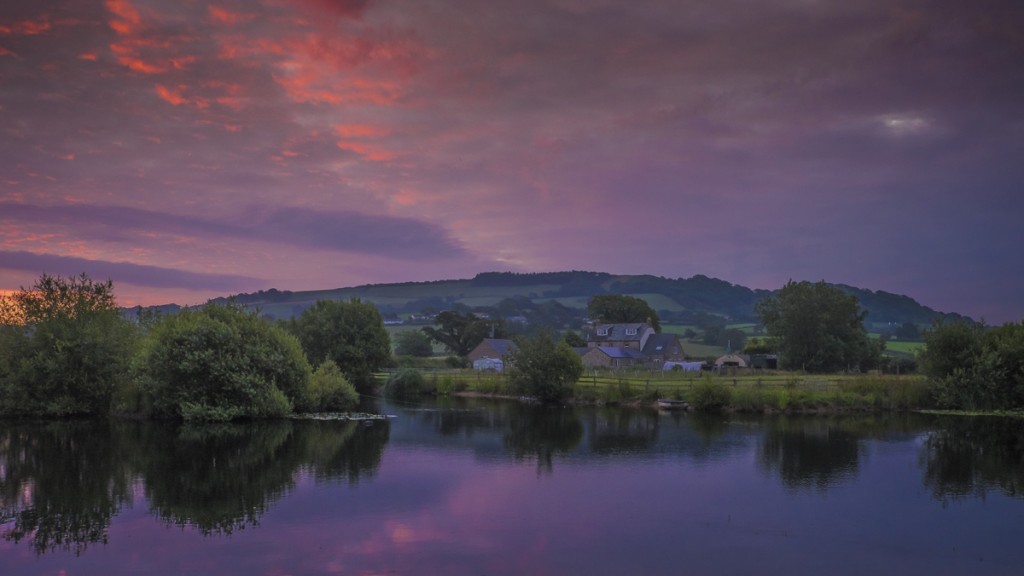 What three personal qualities have really helped you to become successful in your craft and business?
What three personal qualities have really helped you to become successful in your craft and business?
- Being hungry to learn and constantly improve
- Not having a “That will do” attitude
- A willingness to work hard and a lot!
If I was able to add one more, I’d say, “Loving what I do,” and being as excited now as when I first started, if not more so.
There are many styles of composites from the completely believable to the surreal. What style is your favorite?
Personally, during my journey up to this point, I’ve done both, but I’m now drawn more to the believable. It’s great to be able to create a picture and have the viewer think that it’s real.
I was teaching at the Photography Show in the United Kingdom earlier this year and the printing company I use, Loxley Colour, had one of my images printed quite big and on metal; it’s the one of the two girls standing in front of a wardrobe.
The staff at Loxley were telling me how popular the picture had been and how several people had asked how I had put the light inside the wardrobe. When I told them all it was a composite image, the wardrobe was actually a miniature replica from a dollhouse and the lighting was created in Photoshop, the looks on their faces were priceless! 🙂
What are the key ingredients in creating a believable composite?
- Lighting: Does the lighting (Shadows and Highlights) across all the elements match? Are the cast shadows both realistic and how they should be in relation to the light source? etc…
- Perspective: Does the angle of the background match the angle of the elements included in the composite?
- Color: Does the colour of the background match the composited elements both in terms of the highlights and the shadows?
I genuinely think that people who are not involved in this industry — laypersons, if you will — can look at a composite image without knowing it is one, and be able to spot that something isn’t right. They won’t necessarily be able to pinpoint what’s wrong, but in their heads they will be thinking that something doesn’t look quite right and, 100% of the time, the reason will be because at least one of those three ingredients is off.
What types of composite work do you do most for your clients and who are they (private individuals or companies)? Do you mind working on something that’s not your favorite style? Do you try to shift your workload into the area that you enjoy the most?
It can vary, to be honest, from compositing work to general retouching, and my clients vary as well from physique athletes to large commercial companies, such as Air New Zealand, Sky TV, and the BBC.
When it comes to the kind of work I do for them, it’s generally the kind of work I do anyway, and so I don’t get asked for anything completely different. I think that’s because my portfolio shows the kind of work I do, and want to do, and that when I get enquiries, I will turn work away if it’s not what I feel comfortable doing.
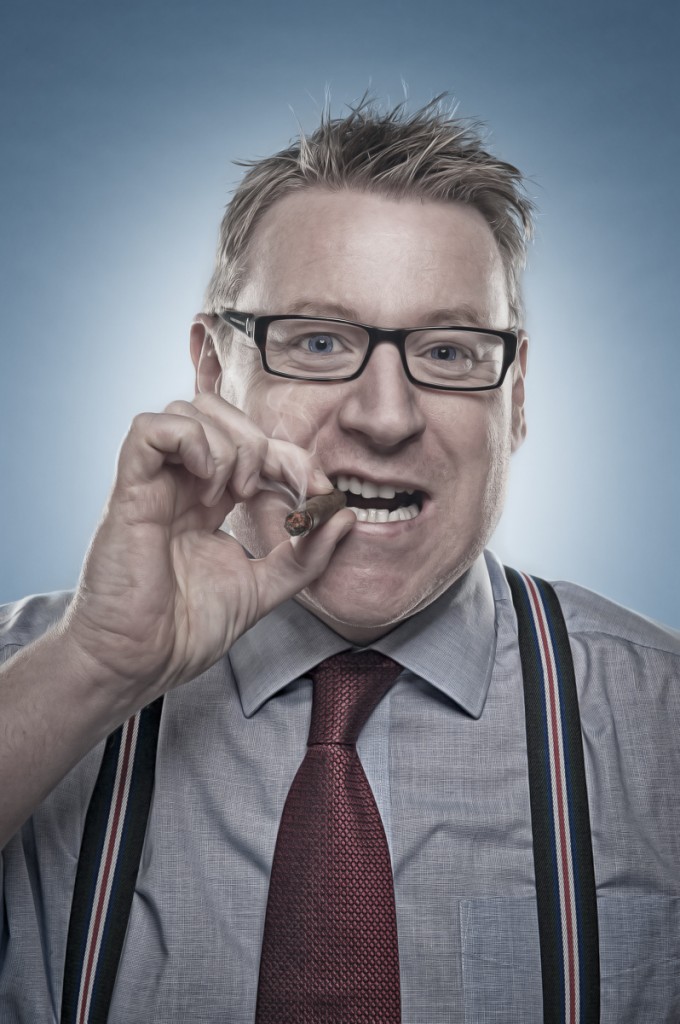 How important are personal projects to you? How many do you typically create in a year?
How important are personal projects to you? How many do you typically create in a year?
I consider Personal Projects incredibly important, if not THE most important thing you can do to develop your skills, keep you motivated, and add to your portfolio.
Life can be busy and before you know it, another day, week, month can go by, and certainly at the start, I’d suddenly realize that I’d not had my camera in my hands or produced a new picture for a considerable time.
With Personal Projects, you set a date in the diary when you ARE having a shoot and it’s a done deal. Then, leading up to it, you can plan and prepare by sourcing your model(s), identifying your locations (if not in-studio), sorting out your concept, props, etc.
Going through this process guarantees a successful shoot and also teaches you how to plan and prepare, which is invaluable if you’re looking to work with clients. Showing potential clients that you go through this process of planning impresses them, believe me.
So, how many do I do in a year? Well, I generally put one personal project in the diary for each and every month the workload is manageable. One a month is enough because if you try to do too many, it can become counter-productive and the quality of the results can suffer.
At the moment, I am working on two ongoing projects. One is a project that has to do with animals and involves compositing, and the other centers on fighters, and mainly has to do with shoots and retouching, not compositing.
So, yeah, I guess you could say I think personal projects are important! 🙂
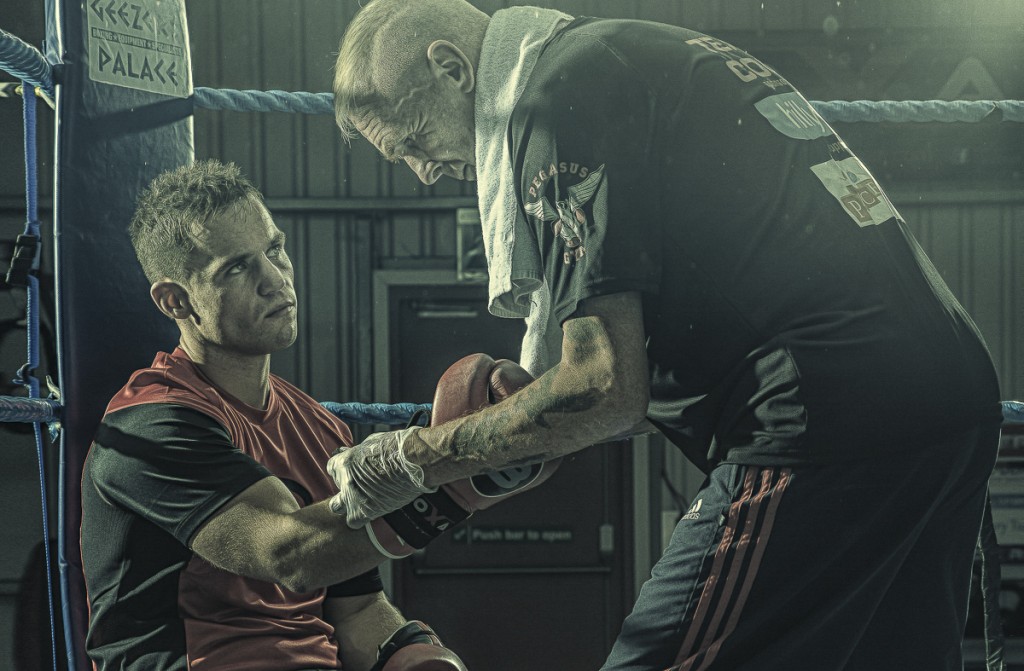 Do you shoot all of your own digital assets for your composite work? If not, what percent mix come from assets you shoot/create versus what your client provides or what you license from stock?
Do you shoot all of your own digital assets for your composite work? If not, what percent mix come from assets you shoot/create versus what your client provides or what you license from stock?
I’d say 99% of the images I use in my composite work I photograph myself. Of course, there are times when I can’t shoot an image because maybe I need a picture of a tree that’s native to Africa for example; it’s in situations like this that I’ll ask friends if they have a suitable image or occasionally turn to stock sites.
If you have to use assets created by others, what are the common photographer mistakes you encounter that make your work more time- and effort-consuming?
Funny you should ask that, but just recently, a SKY TV channel commissioned me to retouch an image for a new series, and I received elements that had been photographed already: the star of the show, the background, and so on.
However, the lighting didn’t match for one thing, and then I was asked to do lots — and I mean lots — of retouching on the TV star, including tidying up hair, clothing, makeup, altering the lighting from the studio lights, and so on; basically all stuff that would have been easier and quicker to do during the shoot. So when it comes to working on pictures, I generally do the whole project from shoot to final picture, if at all possible, to minimize these sorts of issues.
Do you have a fairly typical workflow you follow? Can you share a little about your thought process at each stage from conceptualization to completion?
Because of planning and preparation, I generally know what the final image will look like before the shoot, and THAT is a huge help. Knowing that much about the shoot and final picture means that when it’s time to do the retouching, there’s no head-scratching, thinking, “What shall I do now?”
I make a point to work non-destructively, regardless of whether the pictures are for myself or for a client, so that later, I can always go in and make changes more quickly and easily if needed.
In the past, before I worked this way, all too often I would have to spend time undoing lots of work to make a correction and then have to redo all the steps again. Working nondestructively is definitely the way to work!
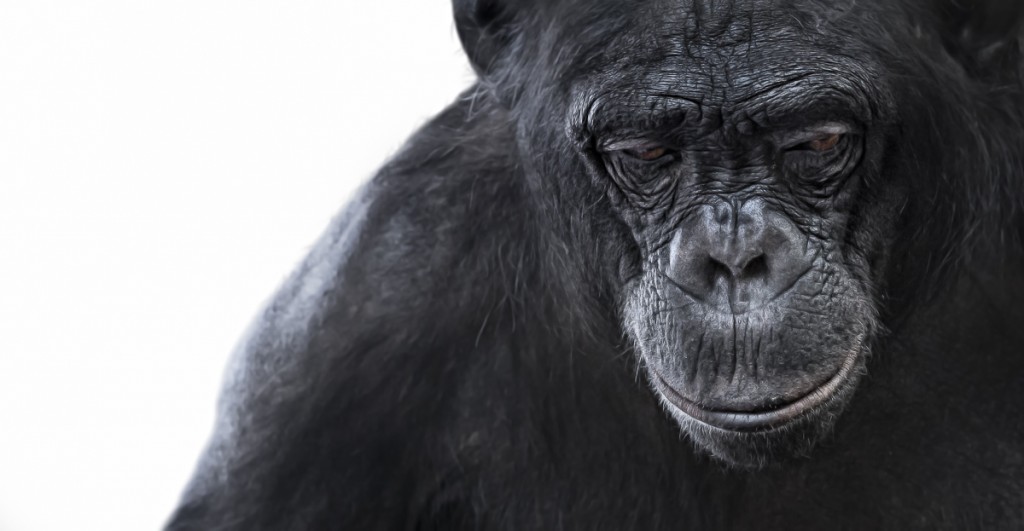 What tends to be the most challenging aspect of creating your digital composites and what would be the one or two enhancements to your favorite software program that would benefit your workflow the most?
What tends to be the most challenging aspect of creating your digital composites and what would be the one or two enhancements to your favorite software program that would benefit your workflow the most?
Most challenging? I suppose that has changed over time, really. When I first started out, it would have been the skills needed and coming up with the ideas/concepts.
Now, though, I’d say time, because there’s always another picture I want to work on outside of commissioned work and clients, through no fault of their own, don’t know how long it can take to create a final picture.
On that note, when I started out, I would put pressure on myself by making unrealistic promises of having images ready sooner than I could really manage. So I very quickly learned that it’s best to surprise clients by giving them a time deadline that you know you can meet comfortably, but then deliver sooner, even if by just a day. That definitely impresses them.
As for what would benefit my workflow the most, with all the enhancements and additions being added to Photoshop, sometimes weekly via the Creative Cloud, it seems that no sooner have I thought, ‘That would be cool,’ Adobe have added it!
Being in the Pre-Release program with Adobe, I get to use and test new features before they’re made public, and so many times I’m like, ‘How on earth did they think of doing that?’
I’ve also recently started using a Wacom Cintiq 22” HD and that has made quite an impact on how I work; working directly on the screen for me has a much more connected feel, especially when using brushes, and I’m loving it.
When you were starting out, what were your main sources of clients? Where would you recommend that beginning composite artists advertise or promote their services?
When I started out, my main clients were friends and friends of friends. I’d have an idea and then ask if they would like to be involved and people were always ready and willing.
I’ve never actually advertised anywhere in particular, aside from posting my images to sites such as 500px; which incidentally has proven great for attracting clients. I’ll add though, if you’re going to post your images online, always make sure you keyword well!
There are lots of places to advertise online, BUT nothing beats face-to-face, so as an example, check to see if there’s local business groups that hold breakfast mornings that you can attend so you can get to know and associate with local business folk, too. Make yourself known to them and let them see what you do.
I wish I could remember who it was who said this to me, but I was once told, “Don’t expect to conquer the world if your neighbours don’t even know what you do.” Okay, so maybe conquer the world is a bit much, but you know what I mean, right?
My main source of work has always come from word-of-mouth recommendations and also just getting out there and talking to people.
 What advice would you offer to people interested in becoming professional composite artists? What skills and qualities would make it easier for them to succeed? What would be the conditions under which they should stay away from this profession?
What advice would you offer to people interested in becoming professional composite artists? What skills and qualities would make it easier for them to succeed? What would be the conditions under which they should stay away from this profession?
That’s an interesting question and one for which there’s no short answer, really. Keeping it brief, I suppose I’d have to say the obvious: Practice, practice, practice! Don’t promise too much; or rather don’t run before you can walk…if you know what I mean.
Most importantly though, I would say take your time and don’t be too hasty in wanting to get into business.
When I started out, things happened too quickly, if I’m honest, and before I knew it, I was setting myself up in business and taking on commissions. Sounds great, but the reality was that at the time, I didn’t even have a style, I wasn’t completely competent with my camera, I was having to do accounts and personal projects to build my portfolio, PLUS, I had a full-time job already!
It was too much to deal with and way too stressful, and initially took the fun out of what I was doing. So take your time to build a great portfolio first, develop your style, and find out what it is that you really like to work on…what kind of images, what genre, before going into business.
Overall interest in and awareness of digital compositing has exploded in recent years; as an artist, where do you see the industry going and are there any specific changes you would like to see happen?
I think, looking ahead, that 3D will become much more mainstream and become a regular part of people’s work. 3D has developed so quickly in such a short span of time and can give us virtually unlimited possibilities.
Just thinking about the future and the developments we’ll see, I find incredibly exciting; you only have to look at what has become available to us over the past five years to imagine where we’re heading.
Can you please share your favorite art, motivational, or inspirational quote or piece of advice with our audience?
Blimey, I could fill pages with quotes that I love, but to write a few that are relevant:
- Just because you can, doesn’t mean you have to
- Slow down
- Observe: Get outside, look around you; take reference photographs. Seeing for ‘real’ how things should be, e.g. shadows, reflections, lighting and so on, will make your retouching and compositing work so much easier.
 What’s the most exciting project you’re working on at the moment?
What’s the most exciting project you’re working on at the moment?
My ongoing project to do with animals. I photograph animals in captivity (zoos, wildlife parks etc.) and then use Photoshop to set them free by creating scenes that look like their native habitat in the wild.
I hope this comes across the right way, but it’s the first project that has actually moved me emotionally as I’m a massive animal-lover. Combining animals, photography, and Photoshop seems like such a natural thing for me to do and I find myself each and every day being excited to get out and start creating a new picture.
My intention is to create a series of 25 pictures that will be presented in an exhibition at some point and published in a coffee-table-style book to help raise funds and generate awareness for animal conservation and rescue.
You can see more of this amazing artist’s work and follow him on his:
Website: www.glyndewis.com
YouTube: www.youtube.com/glyndewis
Facebook: www.facebook.com/glyndewis
Google Plus: www.gplusglyn.com
Twitter: www.twitter.com/glyndewis
500px Portfolio: www.500px.com/glyndewis


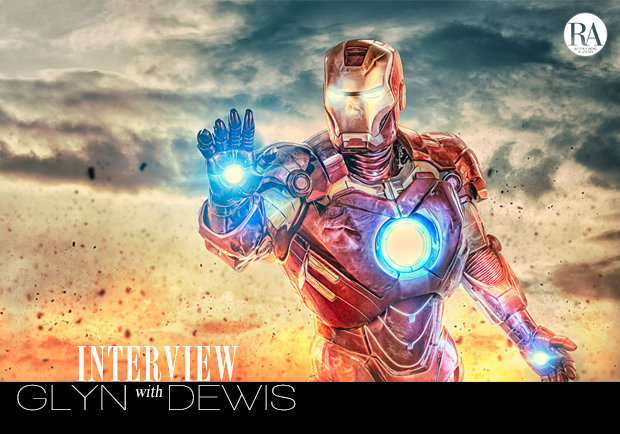
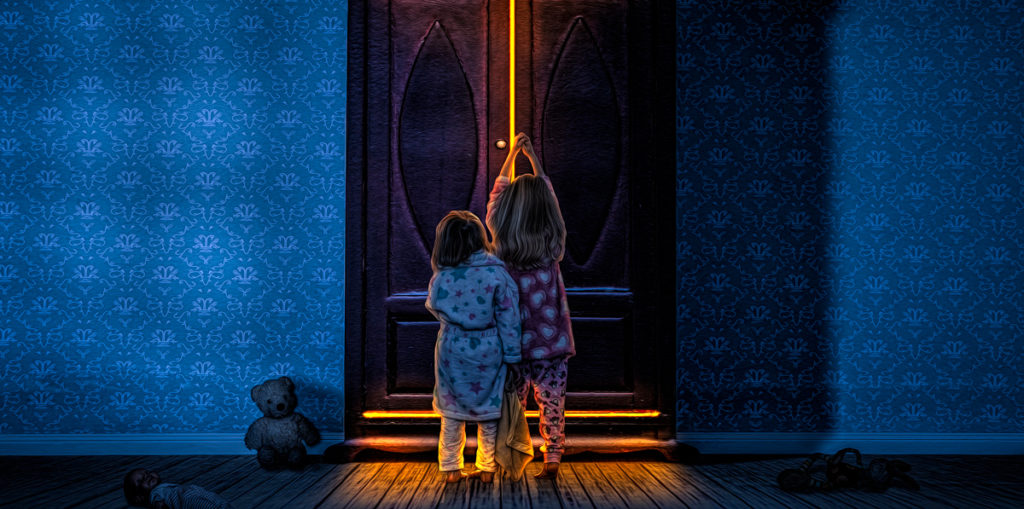
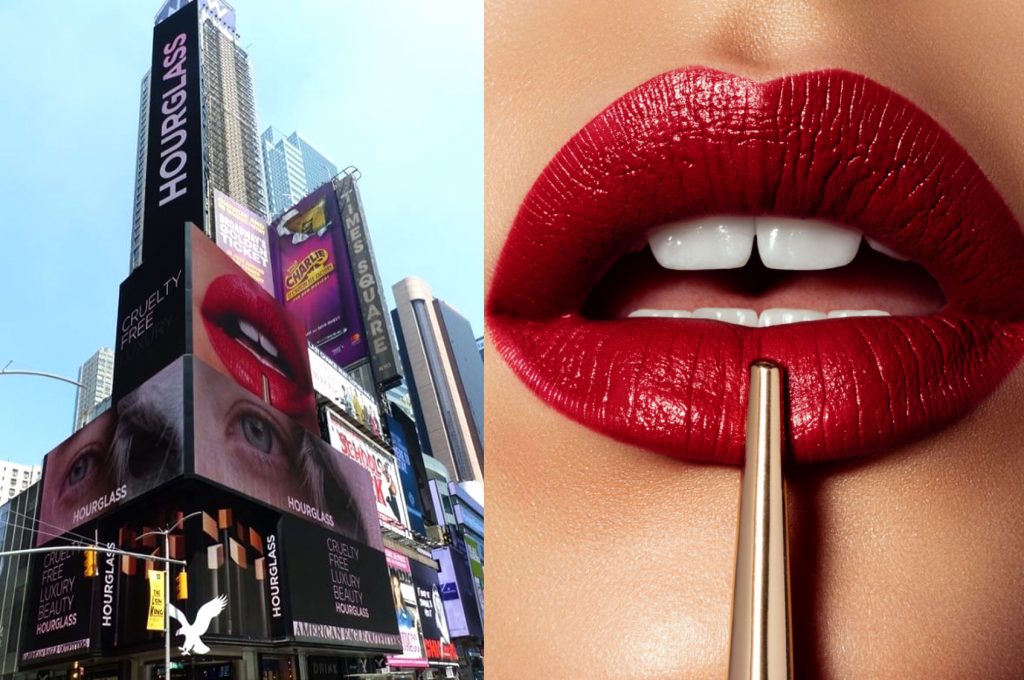
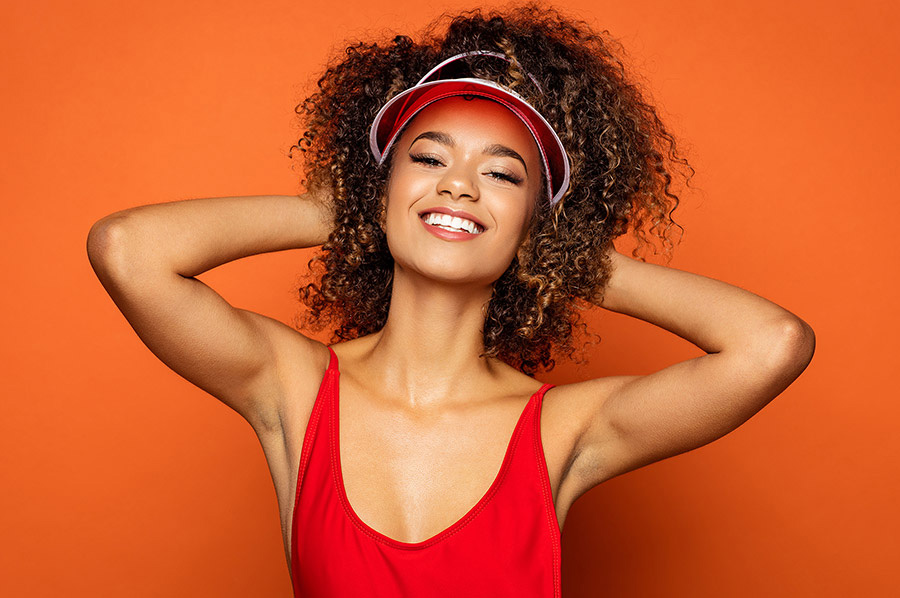

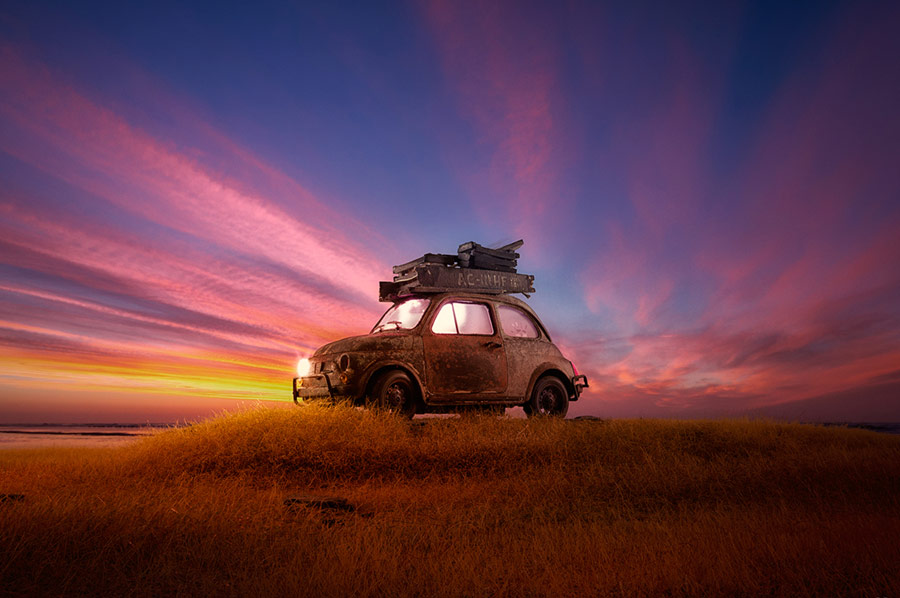
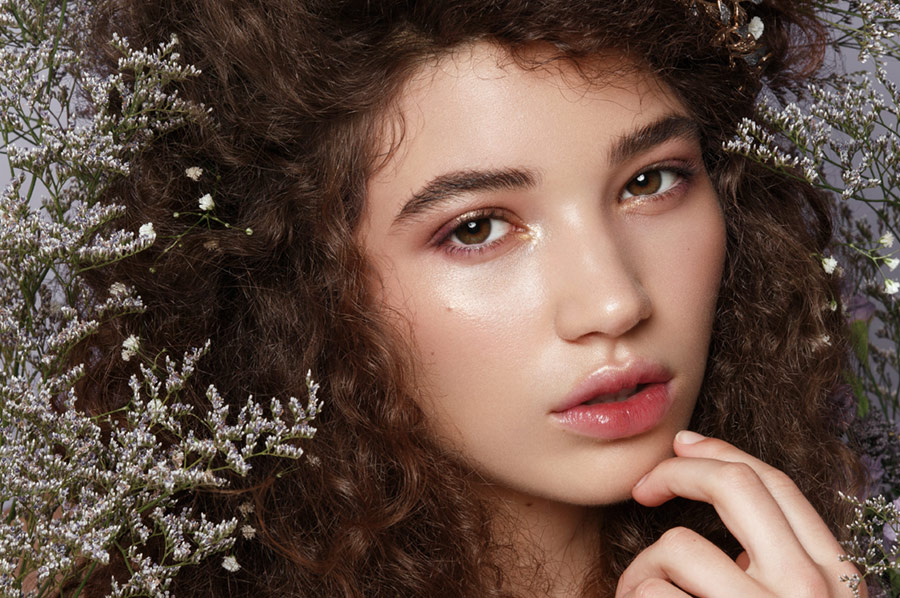

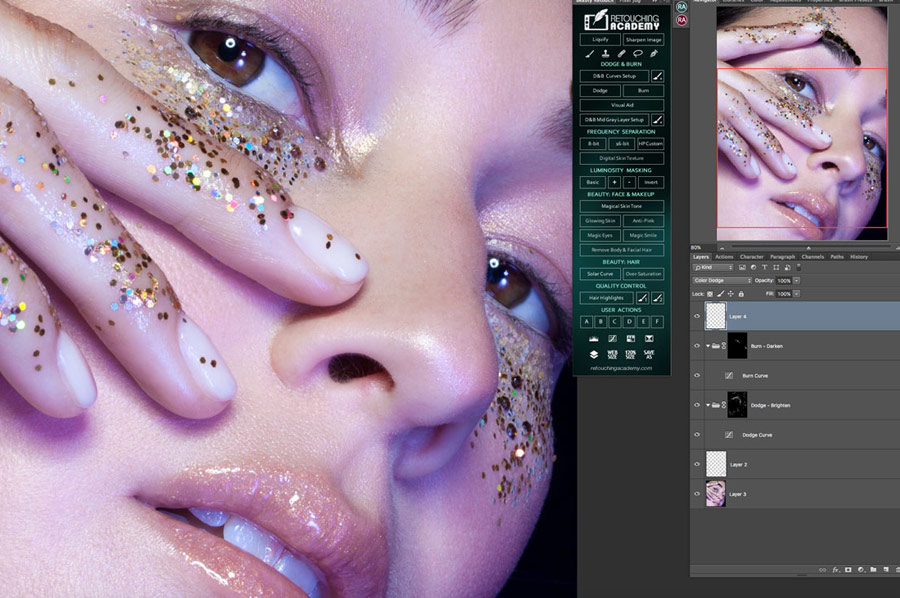
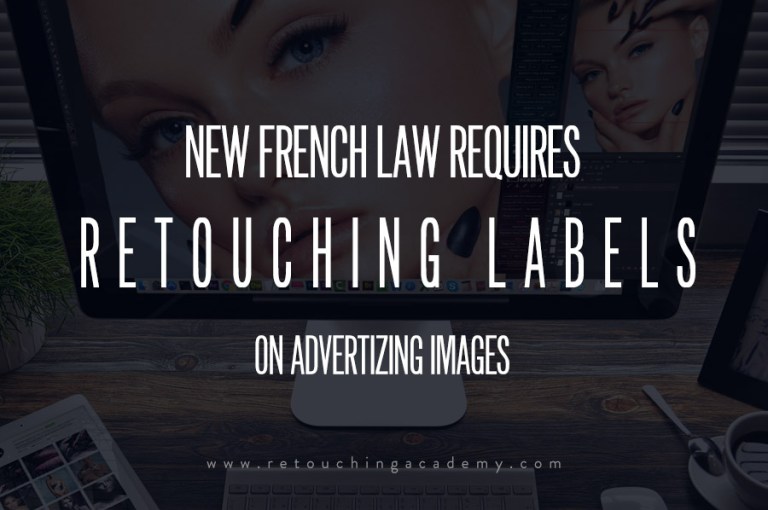
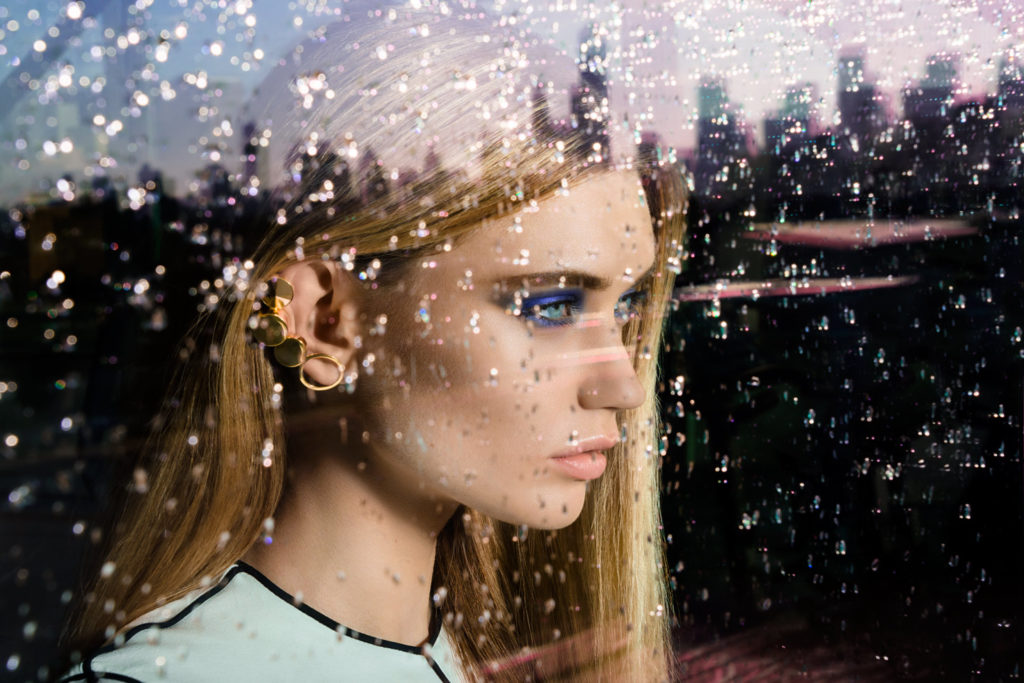
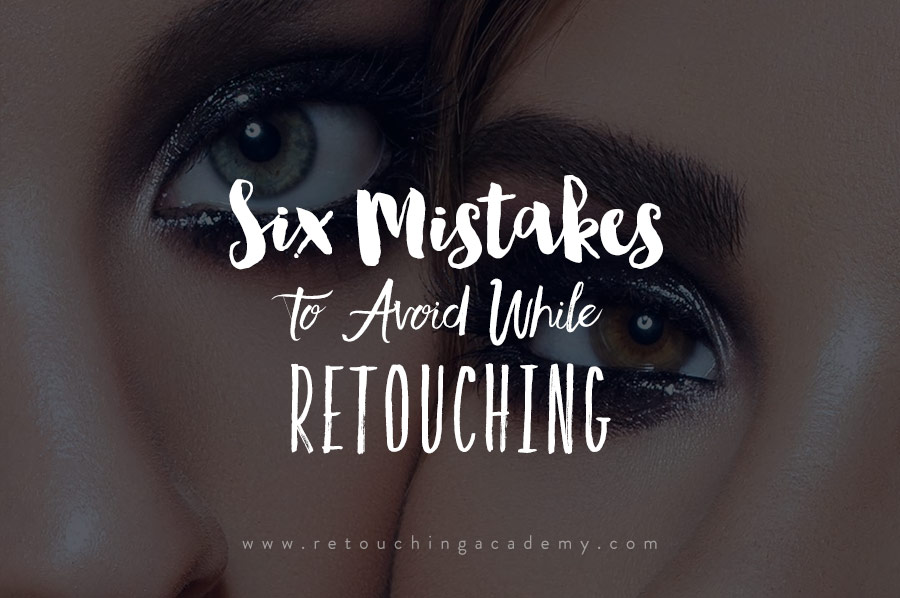
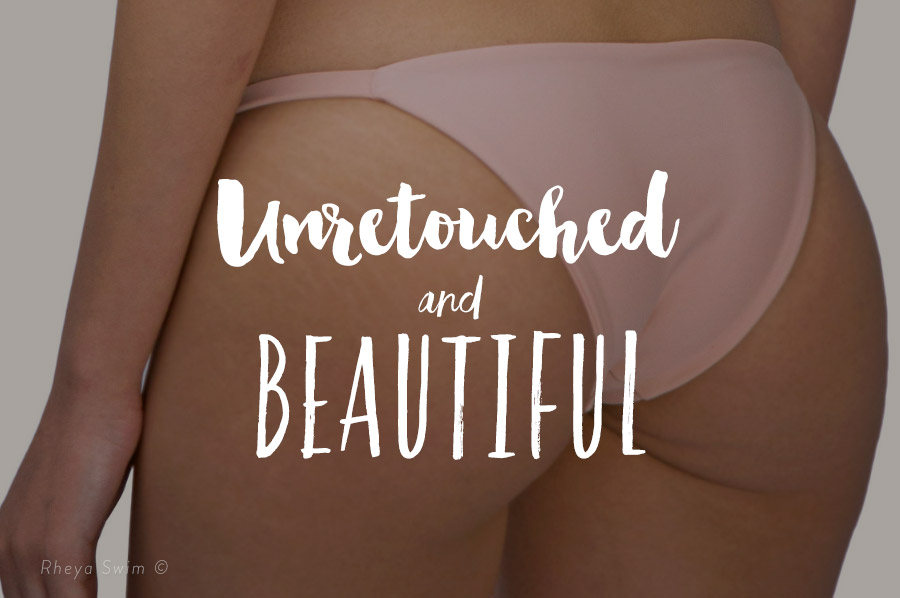
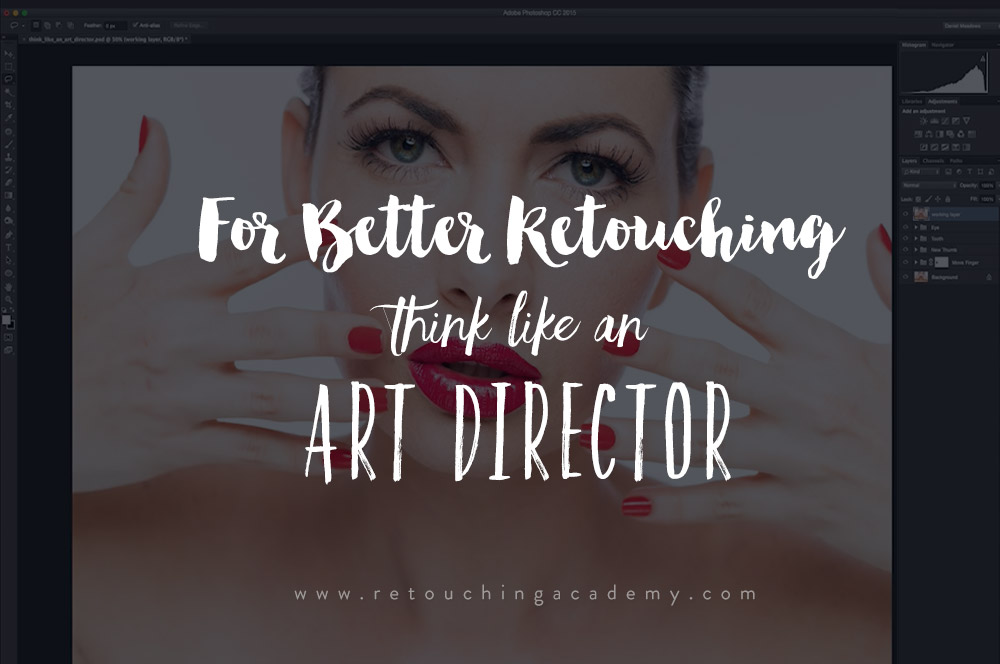
This is a really good interview, thank you.
Thank you for taking the time to comment! I’m sure the authors appreciate it 🙂
love Glyns stuff, and he’s a top bloke 🙂